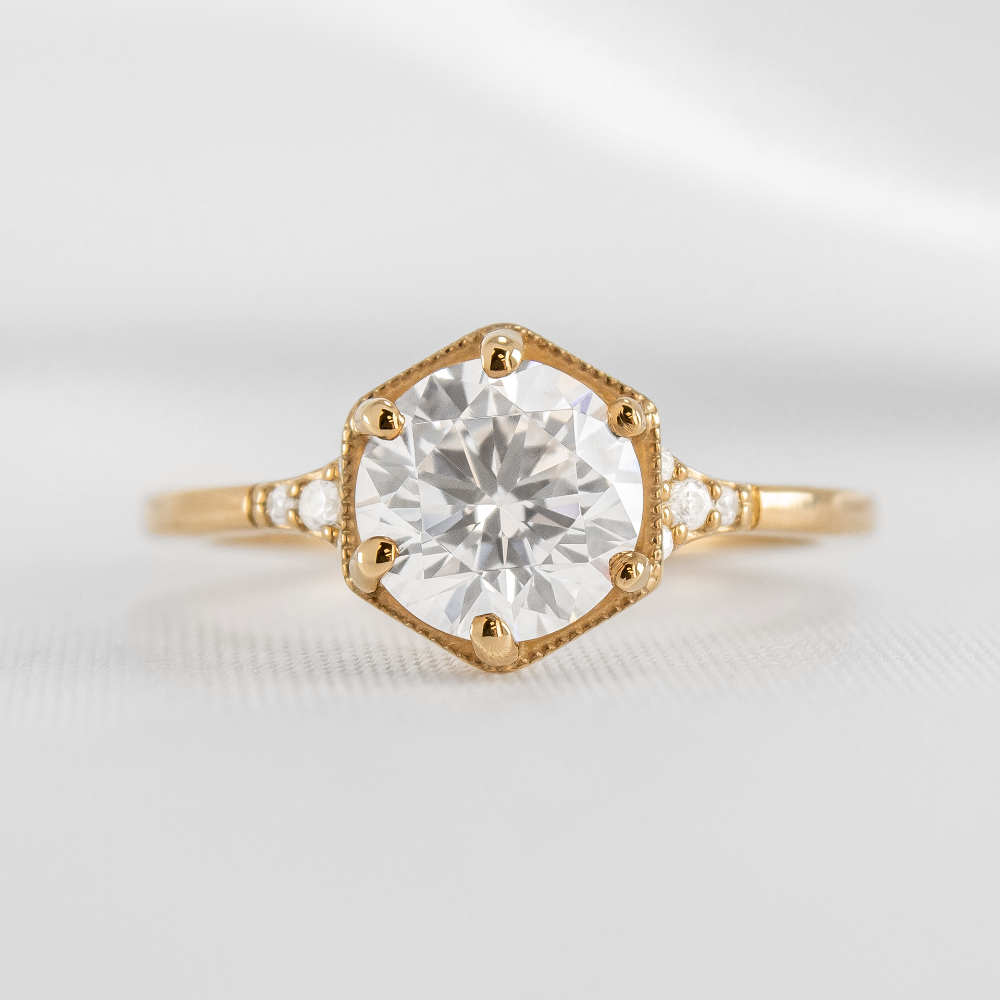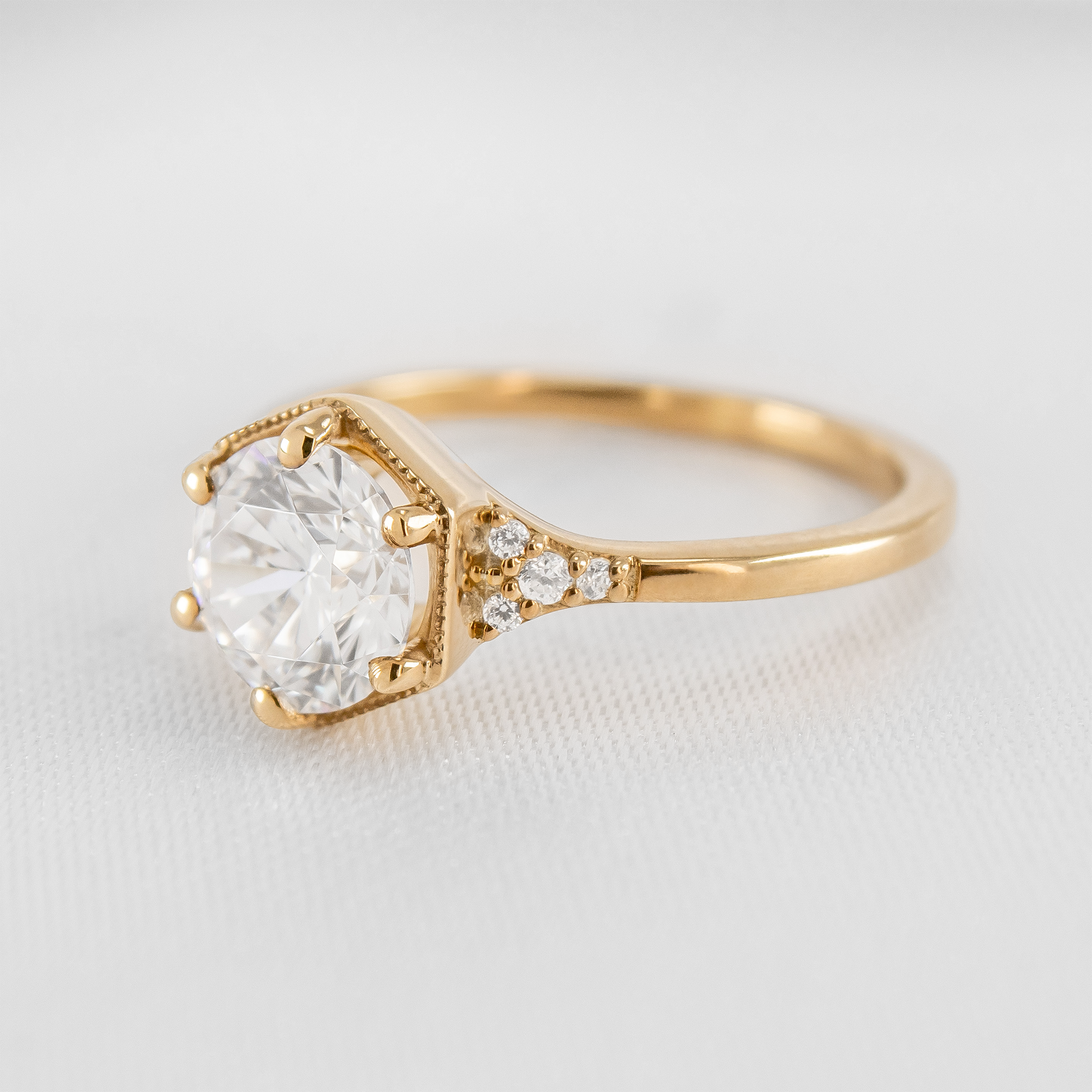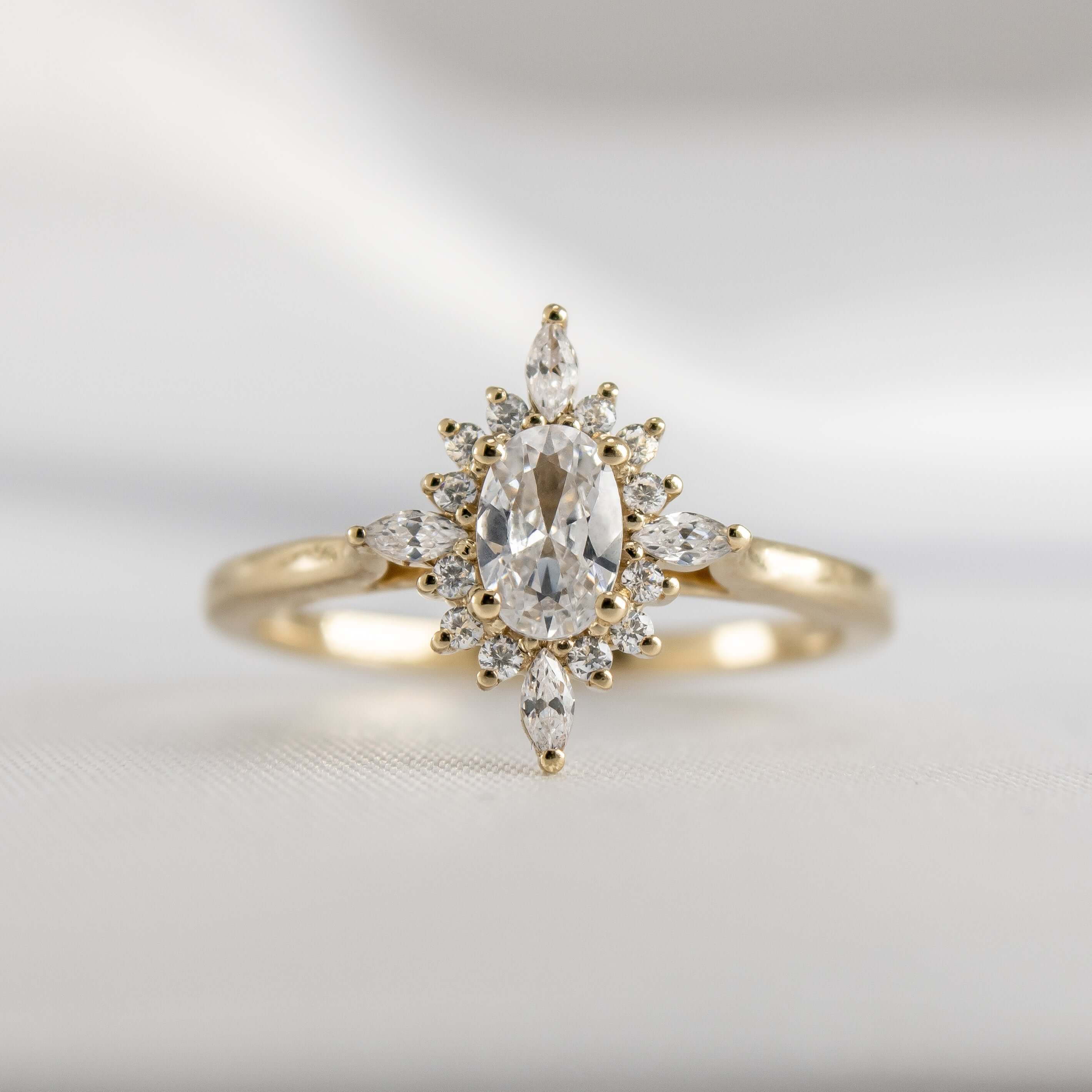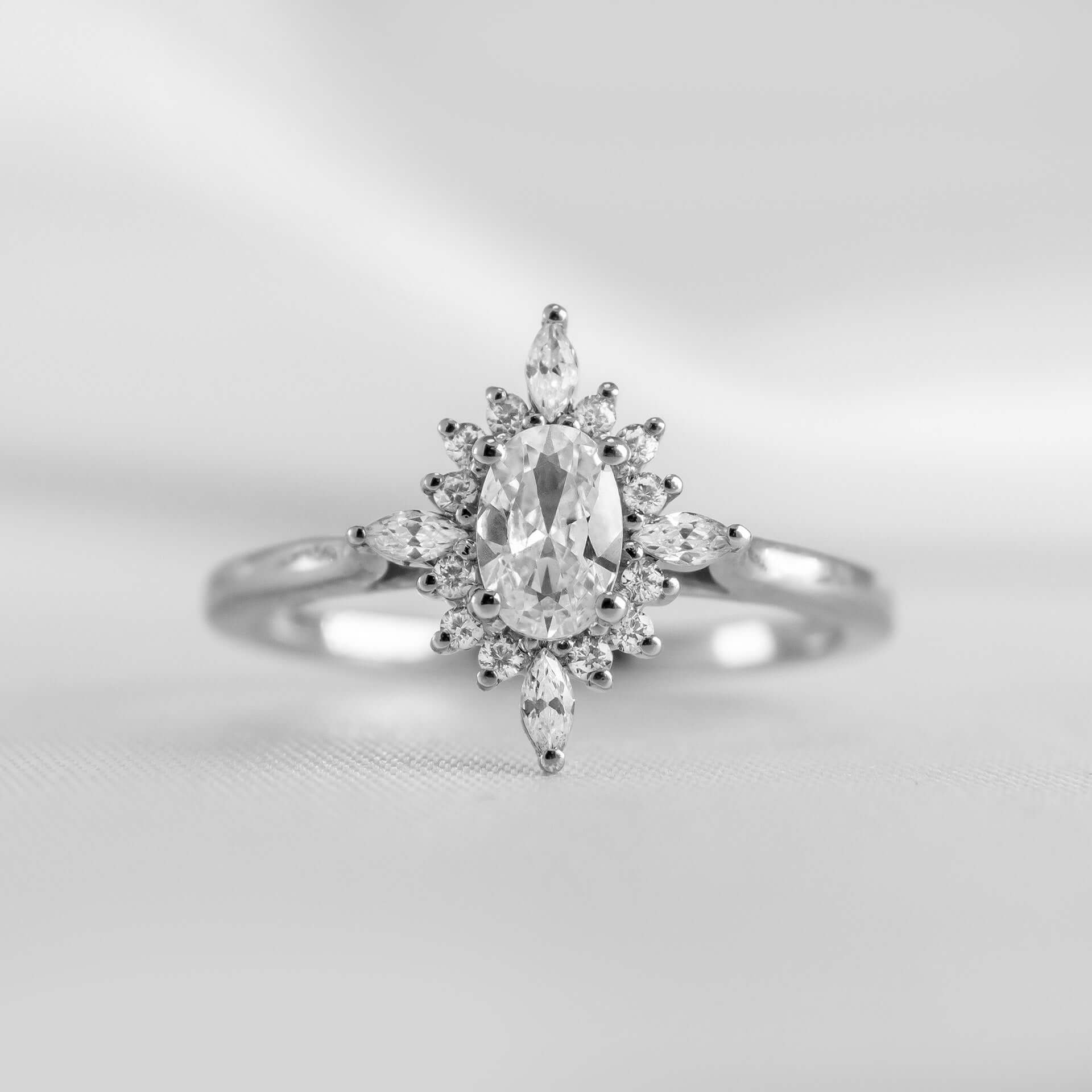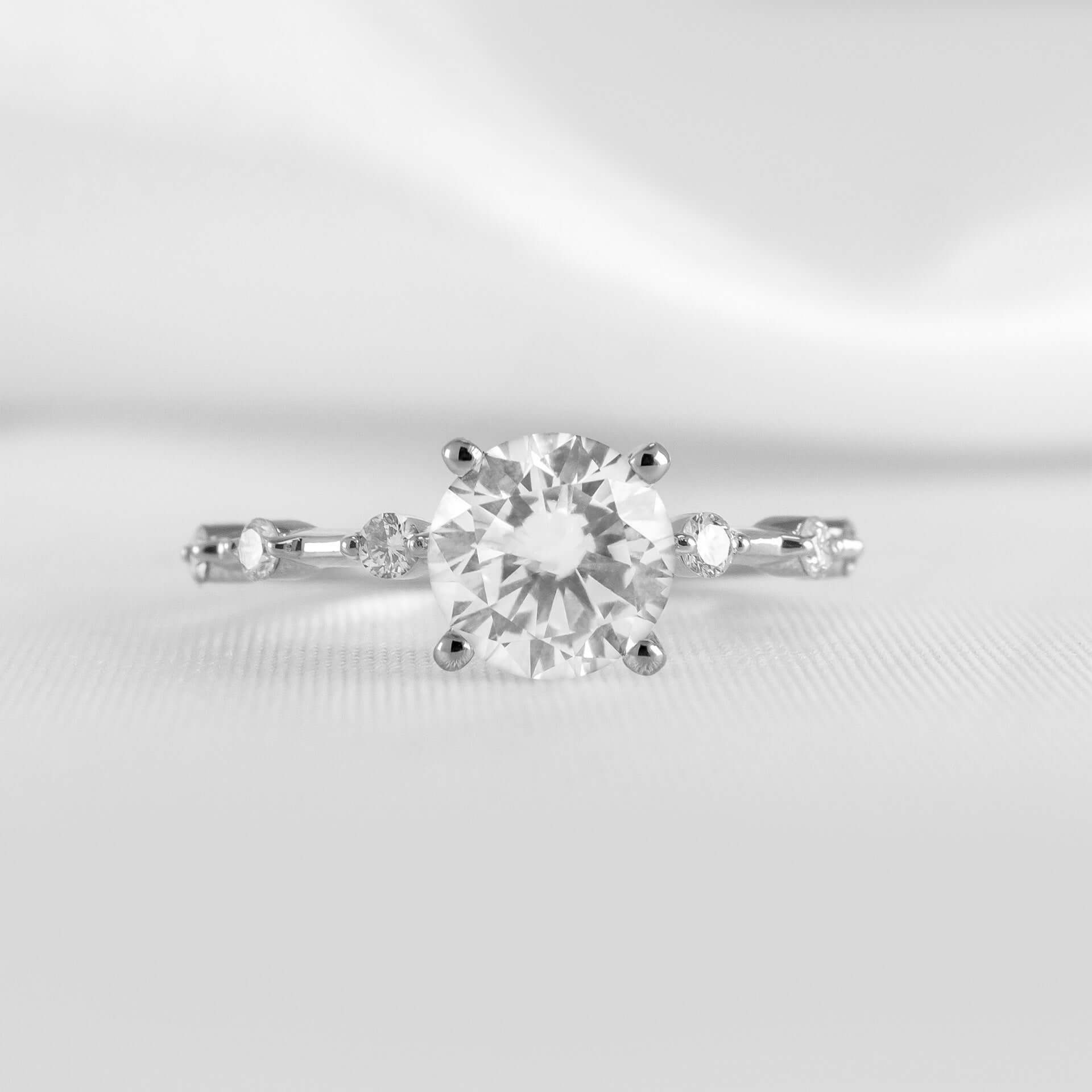What is Diamond Fluorescence?
ABOUT DIAMOND FLUORESCENCE
The fluorescence of diamonds occurs under ultraviolet (UV) rays from the sun, fluorescent lamps, and other sources. The emitted light can have a variety of colors (often blue in diamonds), intensities (faint to very strong), and patterns of distribution. The fluorescence disappears when not exposed to the light source.
In the diamond trade, strong blue fluorescence can make a light yellow diamond appear colorless when exposed to sunlight. Since blue and yellow are opposite colors, blue fluorescence masks yellow color. Rarely do some diamonds with robust fluorescence appear hazy or oily. A fluorescent diamond submitted to the GIA exhibits this effect in fewer than 0.2% of the cases.










